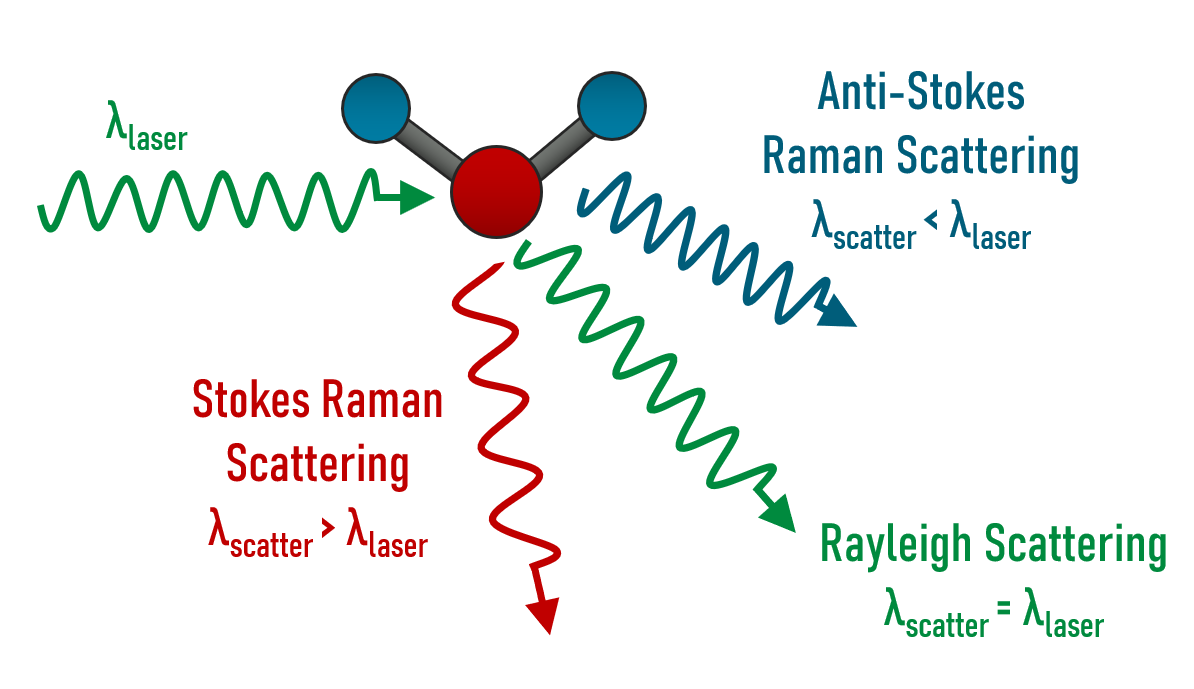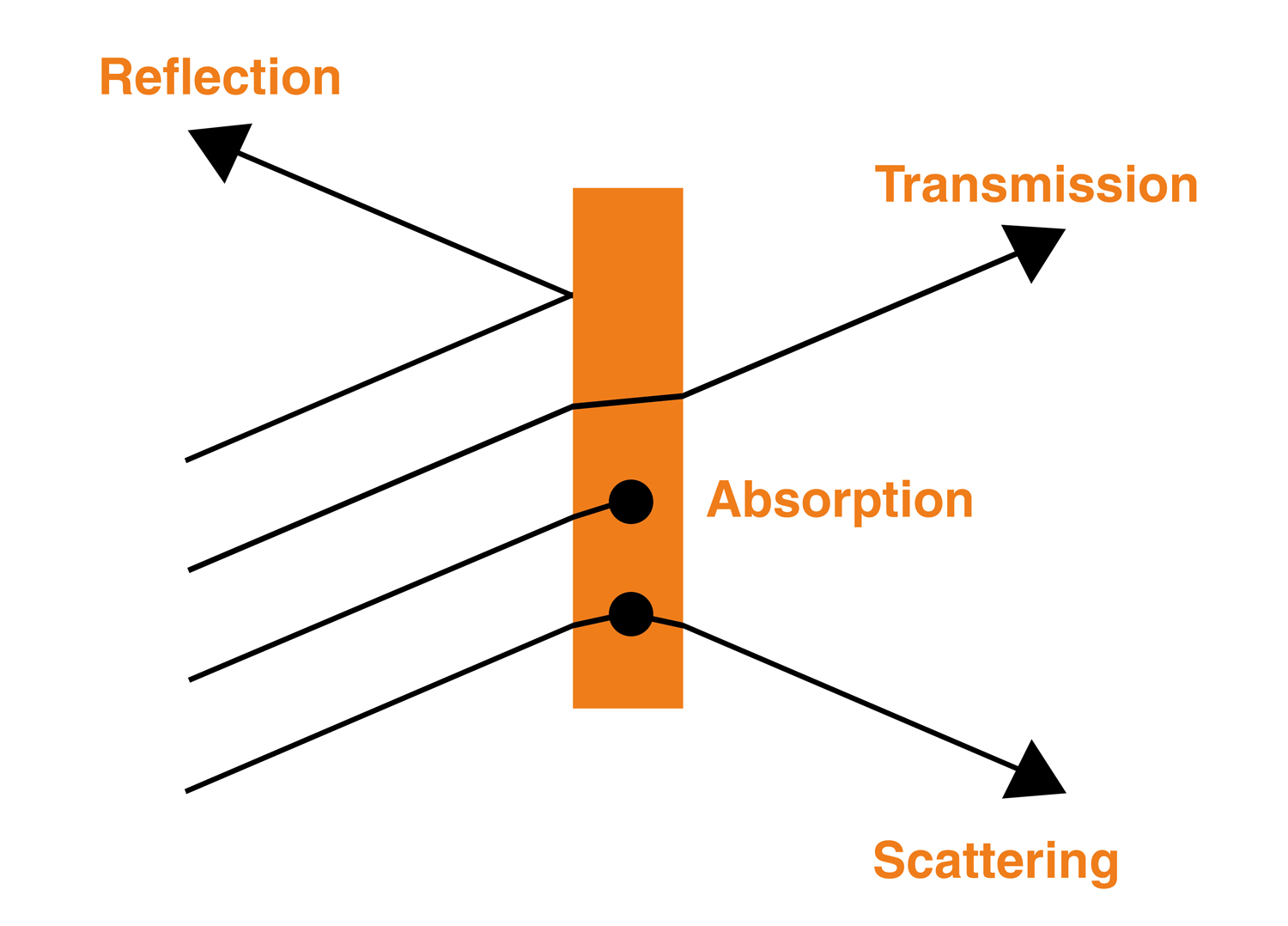Contents

Source: Edmund Optics
Understanding Raman Scattering in Optical Media
The Nature of Raman Scattering
Raman scattering is a phenomenon that occurs when light interacts with the molecular vibrations in a medium, resulting in a change in the light’s wavelength. This process is named after the Indian physicist C.V. Raman, who first observed it in 1928. It is a type of inelastic scattering, where the energy of the incident photons is partially transferred to the vibrational modes of the molecules, leading to a shift in the light’s frequency.
Mechanism of Raman Scattering
The interaction between photons and the lattice vibrations, known as phonons, is at the core of Raman scattering. When light travels through a medium, the electric field of the light can induce vibrations in the lattice structure of the medium. These vibrations can absorb some of the photon’s energy, resulting in a lower-energy photon, known as the Stokes wave.
Conversely, if a phonon interacts with a photon, it can increase the photon’s energy, producing a higher-energy anti-Stokes wave. However, this process is typically weaker and less common, especially at lower temperatures.
Applications of Raman Scattering
Raman Amplifiers and Lasers
Raman scattering is utilized in Raman amplifiers and lasers, where the gain medium is typically a Raman-active substance such as certain crystals, glasses, or gases. The Raman gain can be significant, especially when the Stokes shift corresponds to a frequency difference of several terahertz, allowing for efficient amplification of the Stokes wave.
Raman Spectroscopy
Raman spectroscopy is a powerful analytical technique that exploits Raman scattering to provide insights into the molecular composition and structure of materials. By analyzing the Raman spectrum, scientists can deduce the vibrational modes of a substance, offering valuable information about its chemical bonds and molecular interactions.
Challenges and Considerations
While Raman scattering has numerous applications, it can also pose challenges, particularly in optical fiber systems. In fiber amplifiers, unwanted Raman scattering can divert energy from the desired wavelength, reducing the efficiency of the system. Various techniques, such as special fiber designs and chirped-pulse amplification, are employed to mitigate these effects.
Advanced Topics in Raman Scattering
Cascaded Raman Scattering
In some cases, the intensity of the generated Stokes wave can be sufficient to initiate further Raman processes, leading to cascaded Raman scattering. This is particularly observed in Raman lasers, where multiple Stokes orders can be generated.
Raman Scattering with Ultrashort Pulses
Ultrashort optical pulses can experience Raman scattering, leading to a shift in their spectral envelope towards longer wavelengths. This phenomenon, known as the Raman self-frequency shift, can be particularly significant in fiber amplifiers, where it may limit the peak power of the pulses.

Source: Renishaw
Feel free to comment your thoughts.



